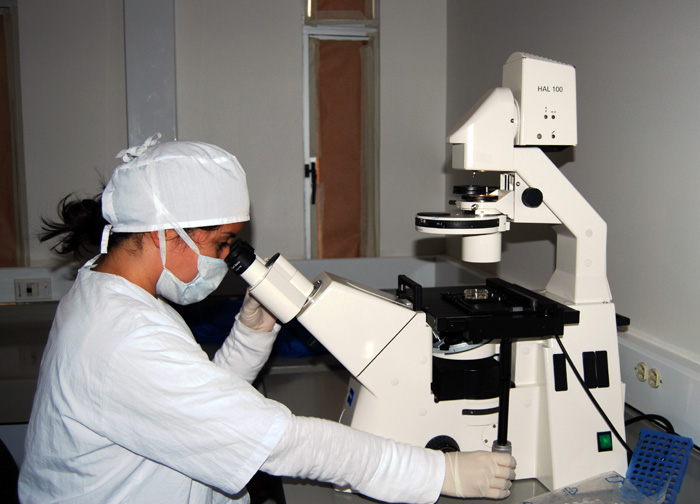Ariel Ruiz, a gynecologist from Universidad Nacional de Colombia, and an expert in fertility issues, confirmed the figures by mentioning the Medicine Nobel Prize 2010, given to Robert Edwards, author of this technique.
In vitro fertilization was introduced in 1978, when the first test tube baby was born, Louise Joy Brown, born on July 25th in England. Currently, this technique is one of the best options for couples with sterility problems.
"Edwards achieved fertilization by going against the concepts of his time; in addition, he made research advances in cell biology, early embryology, differentiation between fetus and zygote, and other aspects of advanced assisted reproduction," affirmed Professor Ruiz, highlighting the importance of acknowledging medical science. "This is very important, because it is a treatment with a strong basic component and it is used permanently in the clinic." Besides, he mentioned that the prize is not only based on the fertilization process, but also on what it meant to science.
The Scientific Director at Clínica Marly, Ivonne Díaz, explains that from the 10% of the couples who use treatments against infertility, between 35% and 45% use in vitro fertilization. "However, there is a high probability of pregnancy and non-pregnancy, which is close to 35% in this treatment," asserted Díaz.
The art of making babies
Professor Ruiz explains the process to make a test tube baby, known in science as in vitro fertilization. "It consists on inducing ovulation by using medicine for women to produce more than one follicle (structures where ovules are contained), then they are extracted and matured to be fertilized with a certain number of spermatozoids. After fertilization, the embryo is placed in the uterus and then the implant is verified. If the process is effective, the next step is to continue with the normal pregnancy process."
Although all couples can use this treatment as an option for conception, it is mainly used for infertility cases. Some factors that affect the effectiveness of the treatment are related to the quality of the ovules and the spermatozoids (a factor that is related to the age of the parents) and the transference and implantation of the embryos, among others.
Sedes
 Correo Electrónico
Correo Electrónico
 DNINFOA - SIA
DNINFOA - SIA
 Bibliotecas
Bibliotecas
 Convocatorias
Convocatorias
 Identidad UNAL
Identidad UNAL



